Creative approach to learning
Maintaining learner engagement is critical to the success of a training programme. The training material must be delivered using a variety of mediums and interactions which keep the learner’s attention for the duration of the session.
We follow a 7-step approach to content development:
Step 1
Define the learning objectives
It is important to align the learning objectives to the required outcomes to ensure the training needs are met. This is done through a meeting between the client, the subject matter experts (SME) and the writer.
Step 2
Agree a training plan
An understanding of the target learner, the equipment available and any time constraints will help define the engagement methods (interactions) to be used. Using this information, a training plan is developed.
Step 7
Pilot the content
A pilot training session is conducted and evaluated and, if needed, adjustments are made.
Step 3
Define the building blocks
The training modules must be developed in easy to consume sprints. Each module incorporating several of the agreed interactions. These may include reading, video, SCORM, gamification, assessment and other forms of interaction.
Step 6
Test and evaluate
A final test is conducted on all the learning components. Attention is paid to the flow of the course, possible gaps in content and the overall feel of the course. Final adjustments are made.
Step 4
Prepare the content
Understanding the target learner allows us to develop content that is fit for purpose. The different content components are storyboarded and sent for approval to the SME. A template is designed and sent to the client for approval.
Step 5
Develop the content
The content is developed using the agreed template. These are proofed, tested and loaded onto the learning platform.
Step 1
Define the learning objectives
It is important to align the learning objectives to the required outcomes to ensure the training needs are met. This is done through a meeting between the client, the subject matter experts (SME) and the writer.
Step 2
Agree a training plan
An understanding of the target learner, the equipment available and any time constraints will help define the engagement methods (interactions) to be used. Using this information, a training plan is developed.
Step 3
Define the building blocks
The training modules must be developed in easy to consume sprints. Each module incorporating several of the agreed interactions. These may include reading, video, SCORM, gamification, assessment and other forms of interaction.
Step 4
Prepare the content
Understanding the target learner allows us to develop content that is fit for purpose. The different content components are storyboarded and sent for approval to the SME. A template is designed and sent to the client for approval.
Step 5
Develop the content
The content is developed using the agreed template. These are proofed, tested and loaded onto the learning platform.
Step 6
Test and evaluate
A final test is conducted on all the learning components. Attention is paid to the flow of the course, possible gaps in content and the overall feel of the course. Final adjustments are made.
Step 7
Pilot the content
A pilot training session is conducted and evaluated and, if needed, adjustments are made.
